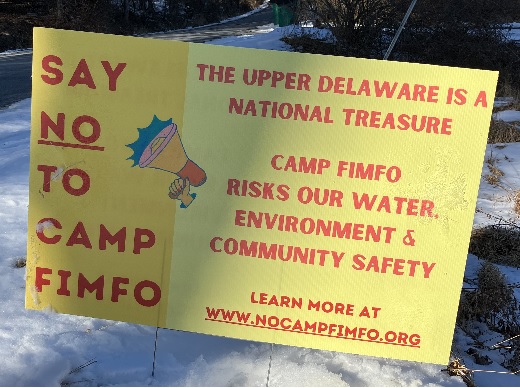Environmental Group Warns of Fracking Waste on NY Roads
December 6, 2013In Texas Water Contamination Case, the Fire Still Burns
December 7, 2013By Don Hopey, Pittsburgh Post-Gazette, December 1, 2013
Results of a poll by The Nature Conservancy in the six-state Marcellus Shale gas region of the Appalachians indicate strong support for better regional planning to minimize impacts on forest and water resources, as well as tougher environmental safeguards.
The poll, scheduled for release at noon today, also shows that a majority of those polled — 54 percent — say conservation of natural habitats and water resources should be a higher priority than shale gas development, even if that would produce higher energy costs. Forty-two percent of those polled say creation of new natural gas industry jobs should be a higher priority.
“Clearly people value forests and rivers and natural habitats, and they don’t want to see natural gas development come at the expense of those areas,” said Nels Johnson, the oil and gas lead for the conservancy’s North America Energy Program.
Asked about government actions to regulate shale gas development, overwhelming majorities said they support requiring drilling companies to: avoid damaging forests and streams important for hunting, fishing and hiking (93 percent); follow regional plans for location of wells and pipelines to minimize wildlife habitat impacts (93 percent); mitigate adverse impacts to forests and water quality (92 percent); and base well locations on sound science (91 percent).
Majorities above 80 percent said they favored requiring drillers to take measures to prevent methane releases during drilling, performing regional studies to determine how much water fracking will use and where it will come from, and establishing a state commission to set gas drilling standards.
Mr. Johnson said he was surprised by the strong public support for regional planning for locating shale gas development sites.
“There’s been a lot of polling on fracking and a lot of attention paid to economic issues, but not much focus by policymakers on natural habitat issues,” he said. “But this [poll] shows that even though the policymakers aren’t focused on valuable habitat, the public is.”
The Nature Conservancy poll release is the first part of a multistage program aimed at minimizing the shale gas development impacts on natural habitat and water resources. The conservancy also is working with drilling companies to develop new tools to guide the industry’s siting of well pads, pipelines and other shale gas infrastructure to minimize damage to natural habitats.
Travis Windle, a spokesman for the Marcellus Shale Coalition, a gas industry lobbying organization, said he wasn’t aware of any coalition member companies working with the conservancy.
Mr. Windle declined to comment on the poll results because he hadn’t had a chance to review them, but said a Robert Morris University poll released in November demonstrated “strong public support” for the shale gas industry.
“It’s a false choice to suggest that we can have affordable and reliable energy and job growth or we can protect our environment,” he said, “and our industry continues to work collaboratively with a broad base of stakeholders to make certain that we continue to achieve these shared goals.”
Of the 1,002 people nationwide polled by Robert Morris, 42 percent support fracking, 33 percent oppose it and 25 percent were unsure. Three out of 4 said fracking will make the nation more energy independent. The poll’s margin of error was plus or minus 3 percentage points.
The Nature Conservancy poll — based on August telephone interviews with 1,250 voters in the shale gas regions of Pennsylvania, New York, Ohio, West Virginia, Kentucky and Maryland — has a sampling error margin of plus or minus 2.8 percentage points.
Read more here (be sure to see comments by Jim Barth of DCS)



